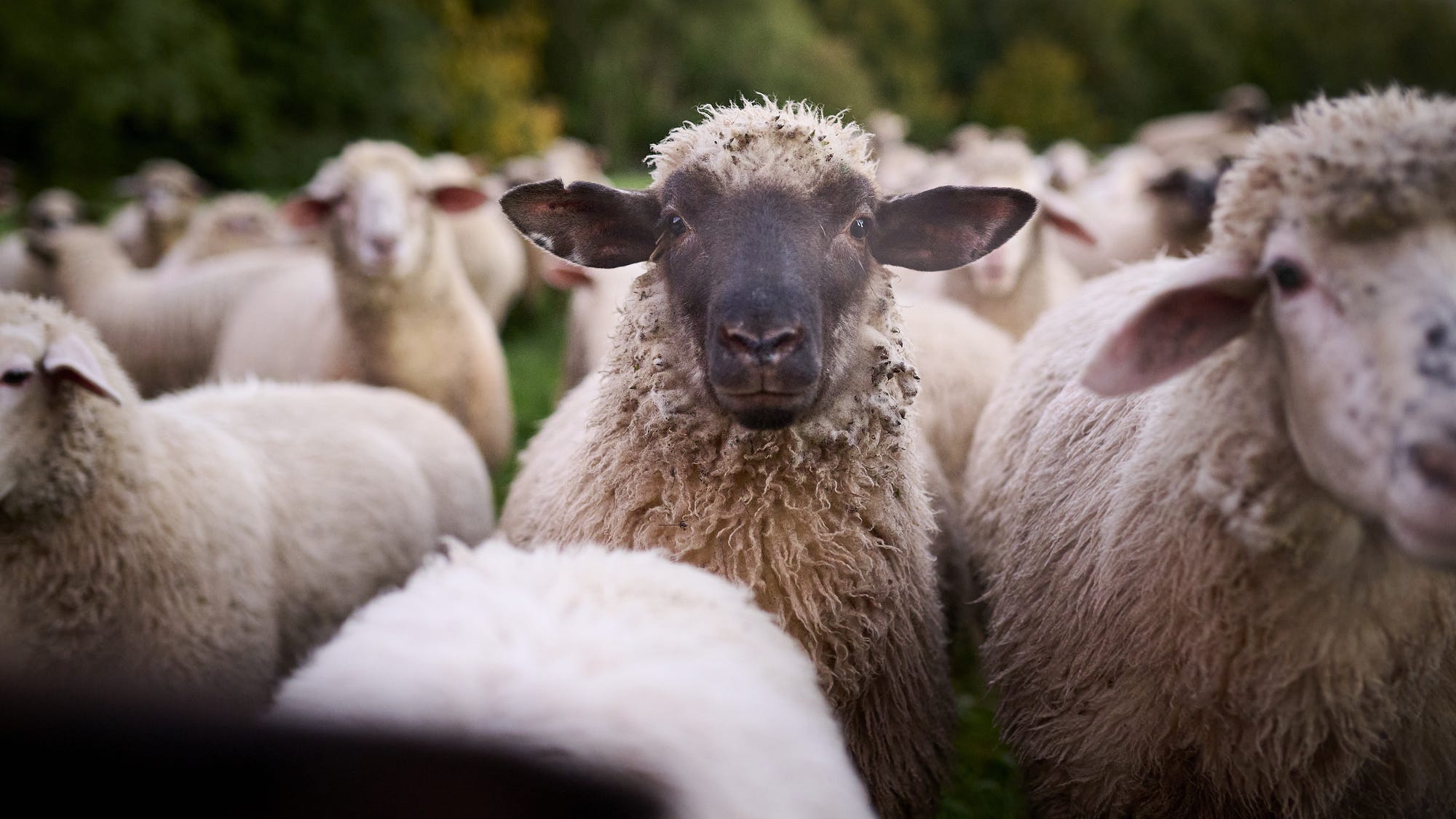How do I properly care for outdoor products made of natural materials?
Natural materials have various advantages in terms of their function and environmental protection. Wool and down, for example, provide excellent insulation, but do not require fossil raw materials and therefore cause less CO2 emissions. That's why we like to use them on their own or in combination with synthetic fibers such as polyester or polyamide. Of course, it is important to pay attention to animal welfare, which we do very carefully and only use certified materials. However, to ensure that products made from natural materials perform their function for as long as possible, they require certain care.
How do I properly care for my outdoor clothing with lavalan® wool insulation?


Our products with lavalan® wool insulation are something very special. We unterstützen mit diesem Naturprodukt Schäfer aus dem Bodenseekreis to preserve biodiversity in our region. Please note the correct care for these great products:
rlink to the care instructions (follows)
nikwax products:
Nikwax Tech Wash (detergent)
Nikwax TX Direct Spray On (spray impregnation)
Note from Claudie G.:
However, even if the Lavalan blog post is made, it must be pointed out that there may be different care applications depending on the material combination and performance of the respective product.
How do I care for my down jacket and my Down sleeping bag properly?


Down, i.e. the fine, soft feathers of ducks or geese, is a small miracle of nature. They are excellent at retaining warmth and yet are extremely light. VAUDE uses them in jackets and sleeping bags because of their perfect, natural insulating properties. However, caution is advised when washing - otherwise they clump together.
Avoiding and removing pilling from wool and cotton


Wool also has many advantages that we like to use in our functional products: It warms naturally, is breathable and odor-inhibiting. One small drawback is that it can cause pilling. This is where small knots and fluff form, especially at friction points. This does not affect the function of the garment, it just doesn't look as good.
To avoid pilling, we recommend the following:
- Use a lint roller or brush from time to time right from the start. This will remove loose threads and particles.
- Turn inside out when washing
- do not use fabric softener
- always follow the care label
- lay flat and leave to dry - never put in the dryer
But even with all care and attention, pilling will still occur. A pilling razor or a simple disposable razor will help.
- lay the product flat
- Only shave in one direction in slow and short strokes
- Collect the separated fluff



